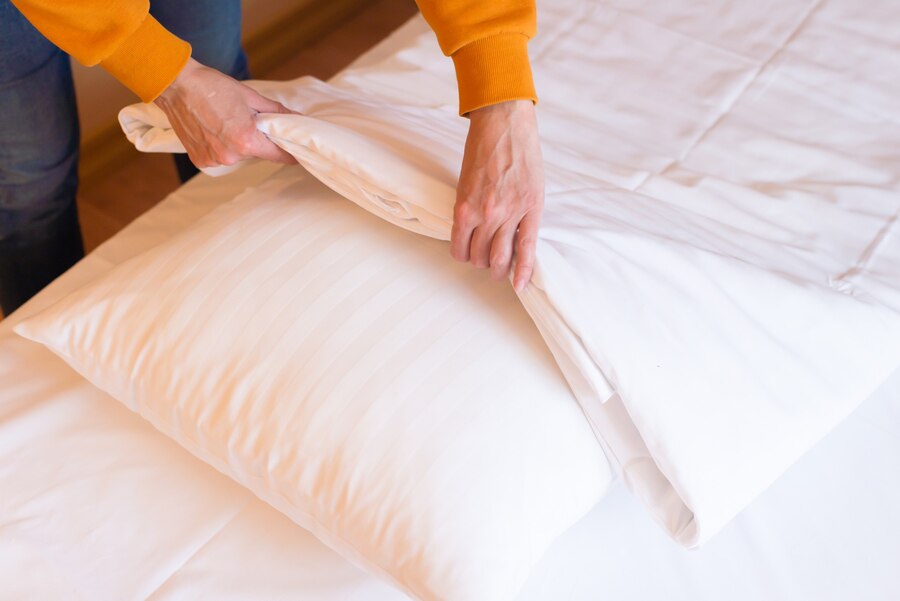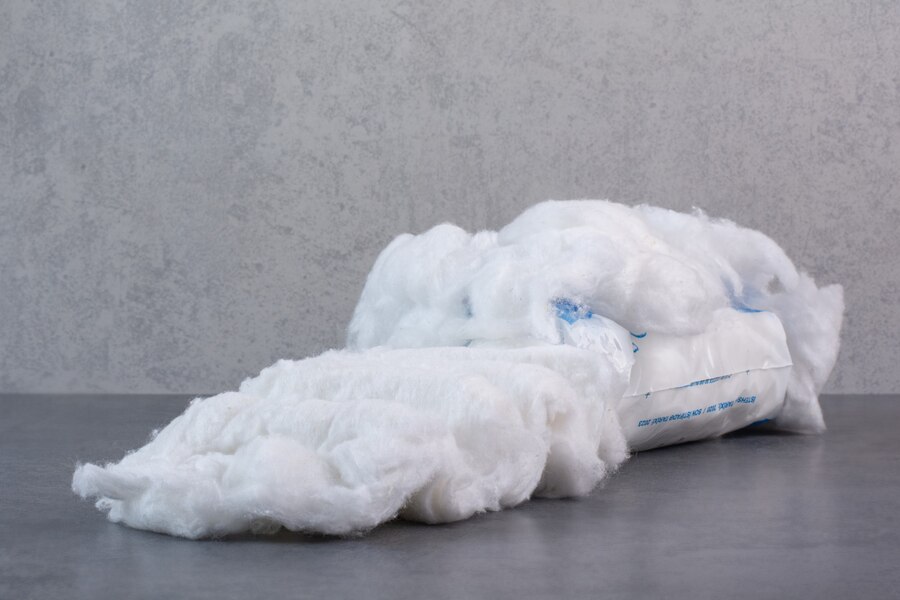Duvets are a popular form of bedding that provides warmth and comfort to those who use them. There are two main types of duvet fillings – down and synthetic. While both options provide insulation, the science behind each type of filling is vastly different.
In this article, we will explore the science behind duvet filling and discuss the pros and cons of both down and synthetic fillings.
Down Duvet Filling

Down is a type of insulation that is derived from the soft plumage found beneath the feathers of geese or ducks. This plumage is made up of a collection of small, soft feathers that are naturally insulating and provide a warm and comfortable feel to those who use them.
The structure of down feathers is what makes them such effective insulators. They are comprised of tiny, fluffy filaments that trap air, providing insulation and warmth.
One of the main benefits of down duvet filling is that it is incredibly lightweight. This makes it ideal for use in duvets, as it does not add any extra weight or bulk to the bedding. Another advantage of down filling is that it is naturally hypoallergenic, making it ideal for those who suffer from allergies or have sensitive skin.
Down duvets also offer exceptional warmth, making them ideal for use in colder climates. They are particularly good at retaining heat, as the down fibers trap air and prevent it from escaping.
Additionally, down duvets are also highly compressible, meaning that they can be packed into small spaces without losing their insulation properties. This makes them ideal for use in travel and camping gear, where space is at a premium.
However, there are also some disadvantages associated with down duvets. One of the main issues is that they can be expensive, making them less accessible to many people.
Additionally, down is not as durable as synthetic fillings, and it can be prone to clumping or flattening over time. This can reduce its insulating properties, and result in a less comfortable sleep experience.
Synthetic Duvet Filling

Synthetic duvet filling is made from a range of different materials, including polyester, microfiber, and other synthetic fibers. These materials are designed to mimic the insulating properties of down while offering improved durability and affordability.
One of the main benefits of synthetic duvet filling is that it is much cheaper than down. This makes it more accessible to a wider range of people and is particularly useful for those who are looking to save money on their bedding.
Additionally, synthetic fillings are also much more durable than down and are less likely to clump or flatten over time. This makes them a more long-lasting option for those who are looking for bedding that will last for many years.
Another advantage of synthetic duvet filling is that it is often machine washable, making it much easier to clean and maintain. This is particularly useful for those who suffer from allergies or have sensitive skin, as it can be easily cleaned to remove any allergens or dirt that may have accumulated over time.
However, there are also some disadvantages associated with synthetic duvet filling. One of the main issues is that it can be less breathable than down, making it less suitable for use in warmer climates. Additionally, synthetic fillings are often much heavier than down, making them less ideal for use in travel and camping gear.
Read Also: Some Of The Best Mattresses That You Can Bring Home This Festive Season
Conclusion
In conclusion, both down and synthetic duvet fillings offer unique benefits and disadvantages. While down is a naturally insulating material that is lightweight and hypoallergenic, it can be expensive and prone to clumping or flattening over time. Synthetic duvet fillings, on the other hand, offer improved durability and affordability, but may not be as breathable as down and may also be heavier.
When choosing between down and synthetic duvet filling, it is important to consider the climate in which you will be using the bedding, as well as your personal preferences and budget.
For those who live in colder climates and are looking for a warm and comfortable option, down may be the better choice. However, for those who are looking for a more affordable and durable option, a synthetic filling may be a better option.
It is also important to consider the quality of the filling when making a decision. High-quality down and synthetic fillings will provide better insulation and comfort, while lower-quality options may not provide the same level of insulation and may not last as long.
Ultimately, the decision between down and synthetic duvet filling will depend on your personal preferences, budget, and climate. Both options offer unique benefits and disadvantages, and it is up to each individual to choose the option that is best for them.
Whether you choose down or synthetic, investing in high-quality bedding will provide you with a warm and comfortable sleep experience for years to come.
Additional:




























